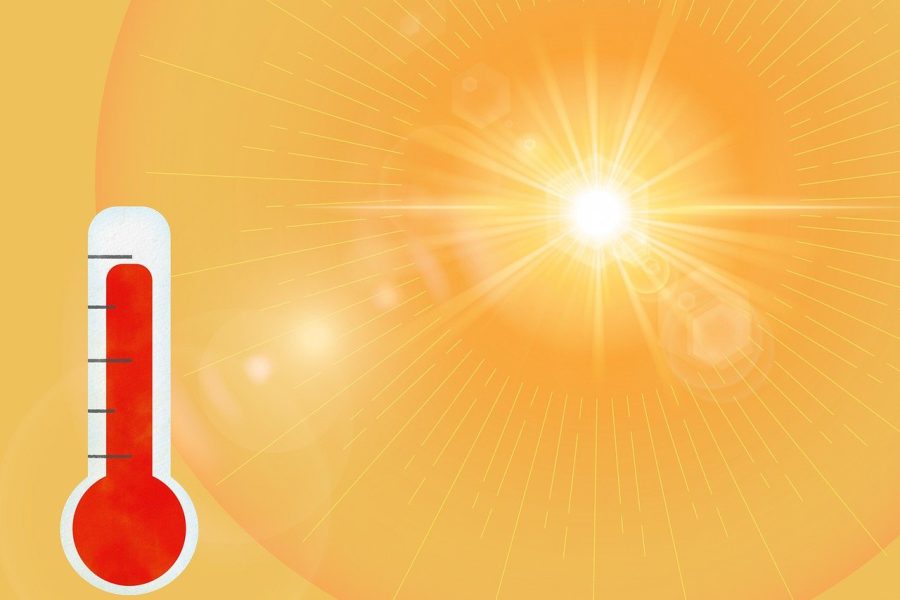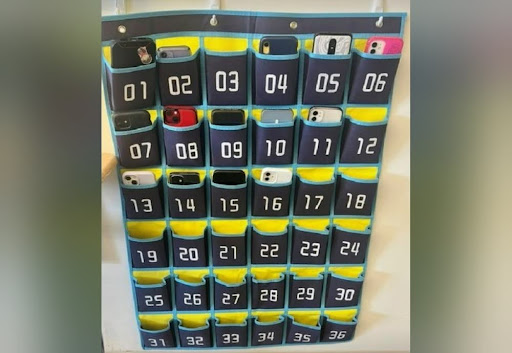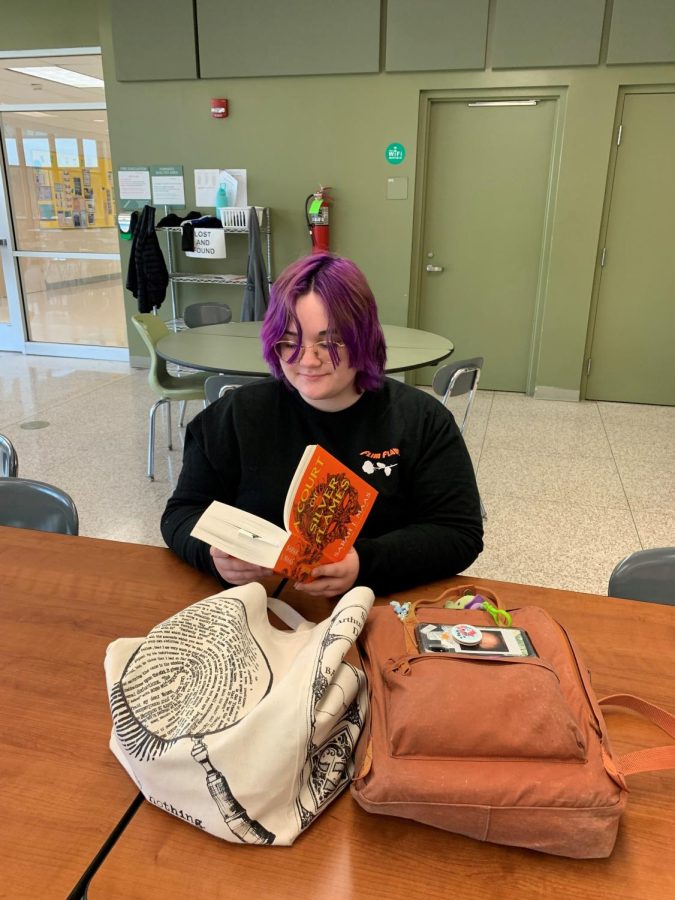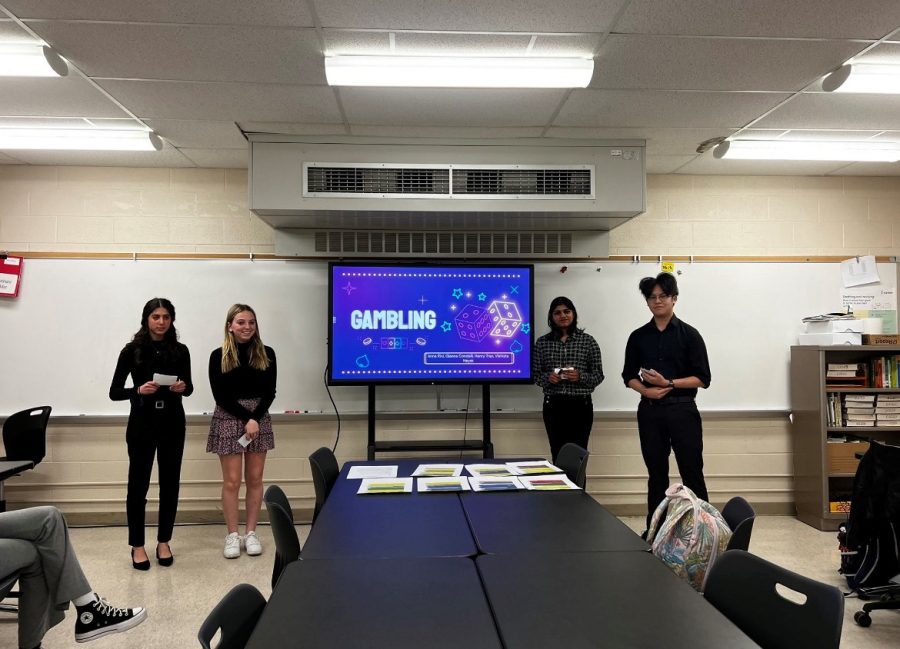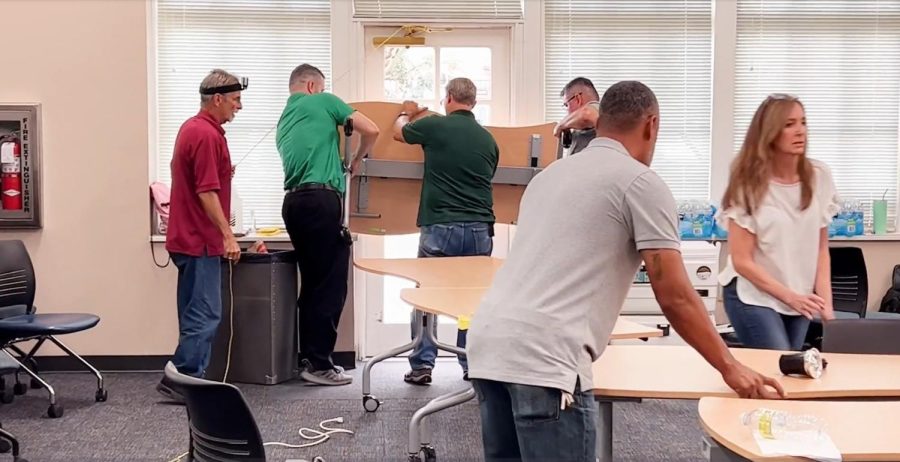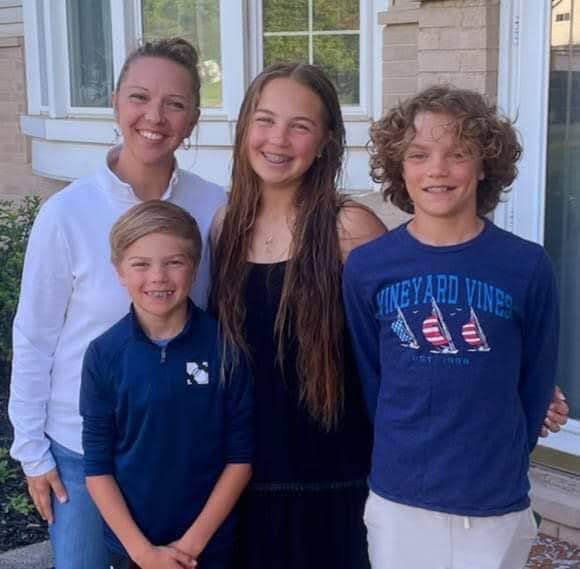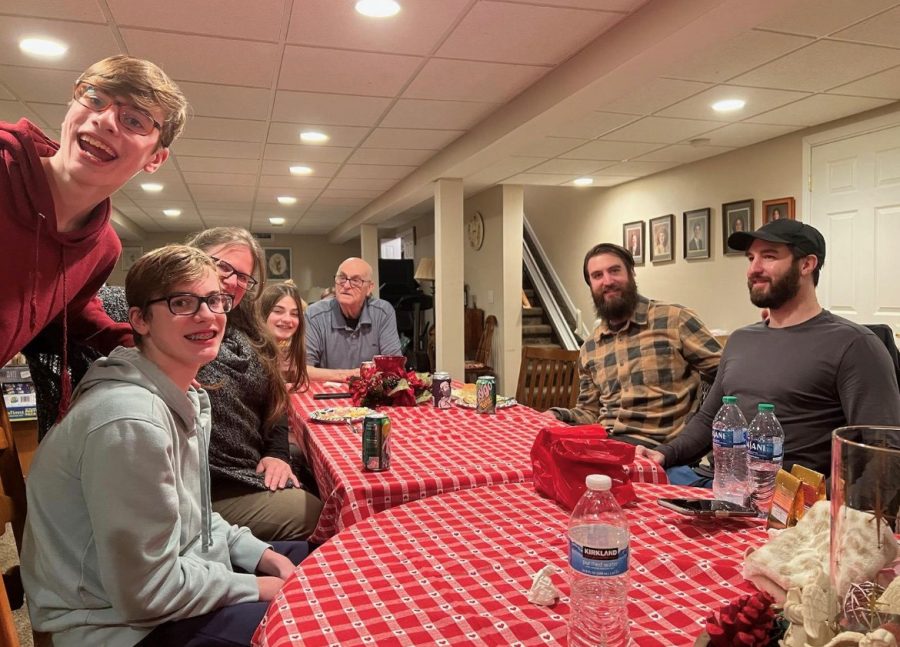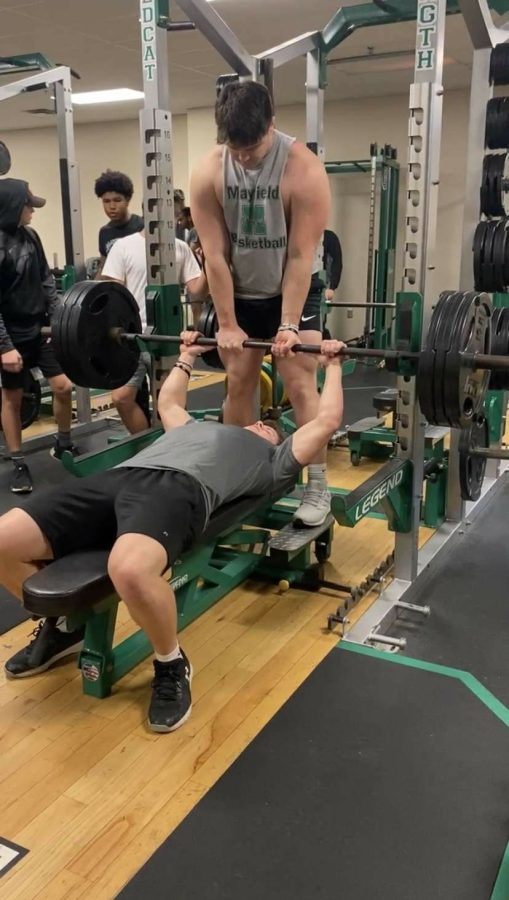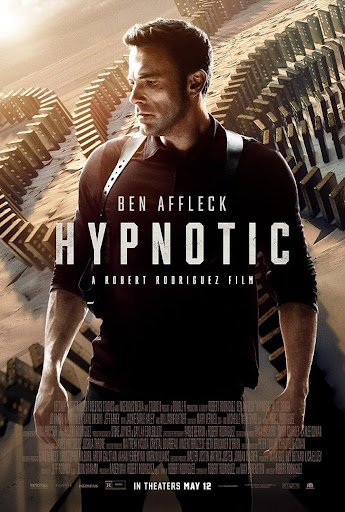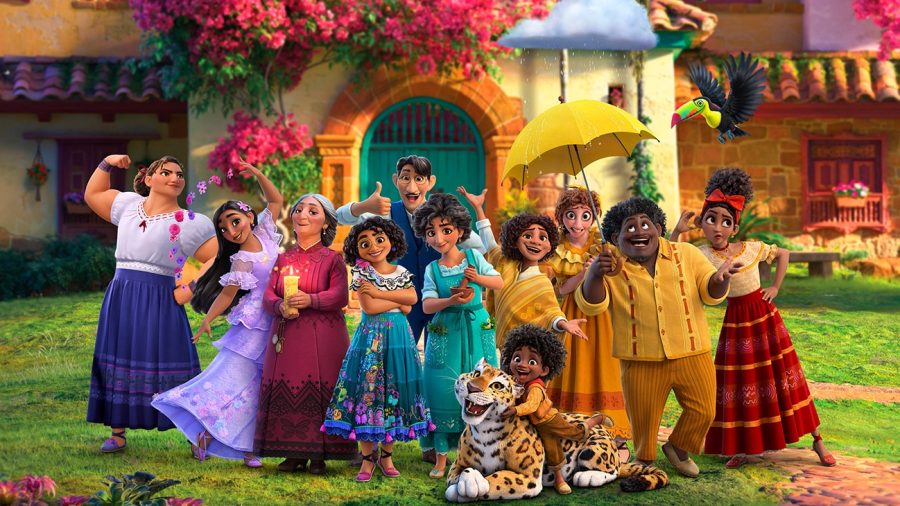Popular Netflix series does more harm than good

Poster featuring the series.
March 13, 2018
On March 31, 2017, Netflix released the television show, “13 Reasons Why”. Despite its instant popularity to teens, society is ignoring the major issue with this program; It glamorizes suicide and other triggering topics such as drug abuse and sexual harassment.
The USA Today story “13 Reasons Why; Spreads Suicide Like A Disease” by Harold Koplewicz touches the darker side of this show, and what it’s done to people especially teens. Koplewicz wrote, “13 Reasons Why ignores decades of research by epidemiologists and public health experts who have demonstrated that when teenagers view television programs depicting suicide, it results in a significant increase in suicide attempts by 20%.”
Suicide is a serious issue in today’s generation, and the fact that shows like “13 Reasons Why” are still being aired is so disappointing. It doesn’t matter how high or low suicide attempts are; it’s another person’s life taken too soon when there could have been a way to prevent it.
Koplewicz wrote, “13 Reasons Why is exceptionally dangerous to the teenage population- the exact audience the program targets- because it capitalizes on these teen traits without any effort to educate viewers or mitigate the risk of suicide contagion”.
The only way the show attempts to educate its viewers is by showing a five-second disclaimer, but that doesn’t really prepare people for some of the disturbing scenes they will encounter throughout this series.
In another article from USA Today, Jaclyn Grimm’s “How 13 Reasons Why Gets Suicide Wrong” breaks down some crucial points ignored in this program. Grimm wrote, “For a supposedly important discussion of teen suicide, mental illness isn’t explicitly mentioned in any of the thirteen episodes. Hannah explains the reasons that caused her to take her life, but the show fails to acknowledge that 90% of people who commit suicide suffer from a mental illness.”
Teens tend to be very impressionable and naive. Giving a teen the message that being bullied or ignored by their peers is a valid reason to end their life is wrong on every level.
Grimm mentioned an eye-opening detail of “13 Reasons Why” that should not go unrecognized under any circumstance. “Hannah was bullied, assaulted, and ignored when she was alive, but her death and the tapes she left behind changed that. She gained power through suicide, and that’s a dangerous message,” Wrote Grimm.
Is this really the kind of message Brian Yorkey the creator, should be sending to teens? Will suicide will make you popular, or more liked by peers? None of that would matter because once it’s done, it’s done and there’s no going back.
Teen Vogue’s article “Survivors Explain What Was Wrong With the “13 Reasons Why” Suicide Scene” by Lily Herman dives deep into the most scarring scene of the show: where Hannah takes her life. Survivor Dese’Rae Stage explains that the scenes “realism” is actually the central issue with it. “Given my own experiences as a suicide attempt survivor, I think it was a little too hyper-realistic,” she told Teen Vogue.
“The creators wanted to, essentially, scare young people away from suicide,” Stage said. The problem, Stage explains, is that fear campaigns don’t work, and the show may have done more harm than good in showing people, particularly young people, how to use a specific method to take their own lives.
Sophomore Emily Byrne, who has watched the series, adds some ideas of what could have been done differently. “I think the creators could have maybe touched base on why things such as suicide are such an issue right now,” Byrne said.
School guidance counselor Mia Bourdakos said, “The show, in my opinion, glorifies suicide and allows for a rational explanation as to why it’s a good idea to take your life. For example, if you are wronged by a friend, then it’s a good idea to commit suicide. Also, it’s really one-sided and only shows her side of the story. Clearly, the mental health piece is missing.”


